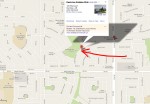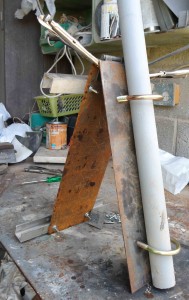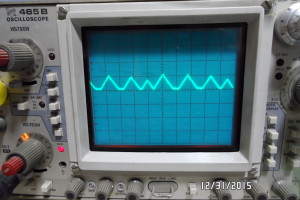- Home
- Registration
- Site Tools
- Articles
- Swap n Shop
- Contesting
- Grounding information for everyone
- History of the Central Alberta Amateur Radio Club
- CAARC owned Repeaters
- Club Repeater Info
- GMT Time Conversion Table
- VE/VA6 Incoming QSL Bureau
- Pine Lake Tornado Friday July 14, 2000.
- Amateur Radio to the Rescue
- CANWARN
- HAM Nation with Bob Heil K9EID
- Net info
- Events.
- ARES
- Links and On line study course.
- Field Day 2019
- Members D/L
- Forum/Swap and Shop
Work Online At Your Own Pace, Basic HAM Radio, Training Course
Mar 7th
Work Online At Your Own Pace, Basic Amateur Radio, Training Course.
Click here http://www.clares.ca/self/index.html

HF PA amplifier kit: instructions decrypted from Chinese
Mar 3rd
COMING SOONÂ
I just finished building this kit that I bought online (link above). Â In my opinion it meets the main requirements of a kit for hams: 1) cheap 2) fun to build 3) it actually works.
So what’s the catch?  The instructions are either in Mandarin Chinese or in Google Translate English.  Amusing to read but difficult to follow.  So with lots of cogitation, head scratching, questions to several other hams, and the assistance of the boffins at Bletchley Park we are offering CAARC website readers a decrypted version of the kit instructions.
The first paragraphs are given below as a “teaser”.
These instructions are my attempt to put the “manual†supplied for download on the seller’s website into more conventional English. They are based primarily on the “RFâ€AMPâ€2078 debug instructor V303â€Â (sic) downloaded from the website. You will note that the schematic is dated 5 August, the BoM sometime in September and the PCB is marked “20151229â€. I found more than a dozen inconsistencies in values and markings between the PCB and the documents. Also there appear to be several “typos†on the PCB silk screening.  I have endeavored to sort this out and update my documentation to match the PCB supplied with the kit.
It is no doubt feasible for an experienced builder to successfully assemble the kit using only the schematic and the silk screening on the PCB. My objective is to make this inexpensive kit available to a wider audience of radio amateurs, who may feel less confident about building their first MOFET PA without some additional guidance. Anyone who does not have previous experience soldering the small SMD parts used in this kit is advised to practice first.Â
A pdf file with the complete instructions will be linked to this post within the next few days. Â Watch this space.Â

Solar Powered projects
Feb 19th
The objective of this project was to create an independent WSPR beacon transmitter. Â As such it should operate completely independently – no computer in the shack, no internet time server and no power from the grid.
I found that a U3S kit + GPS kit both from QRP Labs met my requirements for a transmitter with internal controller, GPS disciplined frequency synthesizer and GPS timing. Â WSPR operates on 2 minute time segments and timing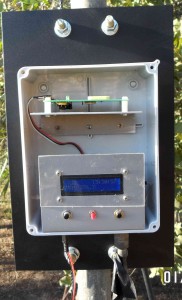 must be accurate to a very few seconds or no one will be able to decode your transmission. Â Similarly the frequency band for WSPR signals is only a few hundred Hz wide, so if your frequency is not exact; Â no reception.
must be accurate to a very few seconds or no one will be able to decode your transmission. Â Similarly the frequency band for WSPR signals is only a few hundred Hz wide, so if your frequency is not exact; Â no reception.
The photo at left shows the transmitter (bottom of the box) and GPS (top shelf) mounted in a weatherproof PVC electrical box.  The box is mounted on a steel plate, that allows the assembly to be attached to the 2″ pipe mast with U bolts.  (This transmitter puts out approximately 500 mW on 30m with a 25% duty cycle — 2 minutes on, 6 minutes off; the antenna is a dipole with the mast providing the center support.)
After getting the transmitter and GPS to work successfully inside the shack, I started my quest for independent power. Â I started with a 5W solar panel and a 7 AH gel cell battery. Â The 12V battery voltage is knocked down to 5 V for the transmitter using a low cost buck regulator module (internet shopping). Â In the photo above, the smaller 5W solar panel is shown on the left hand chair next to the newer 10W panel that eventually came in the mail. Â The charge regulator is on the right hand chair just in front of the battery. Â This arrangement was almost good enough so I sprung for a larger, 12 AH battery. Â The 10 W panel and the 12 AH battery easily carried the transmitter through the night until the morning sun could re-start the charge cycle.
So it was time to fabricate a bracket that would hold the solar panel on the mast. Â I wanted the bracket to be adjustable so I put a leaf hinge at the top. Â The mounting holds the panel at an angle by moving the support arm from one hole to another. Â A position for any season.
I used 2 mm mild steel plate for the bracket. Â The solar panel is held in place by aluminum U channel that was left over from my main antenna tower project. Â I believe that suitable aluminum profiles should be available from any aluminum window manufacturer. Â I took considerable care positioning the plates and the hinge before welding it together. Â After I cleaned up my welds and removed as much rust as possible from the plates I gave them a coat of galvanizing spray followed by blac k enamel spray.
k enamel spray.
I originally intended putting the gel cell battery in the lower PVC box. Â After I determined that I needed a larger capacity battery I used this box for the charge controller and the 5 V buck regulator. Â The 1.8W Canadian Tire panel shown on the right was not used in the final system.
The 12 AH battery is sitting on the ground inside a plastic box from the Dollar Store and weighted down with a brick. Â I will eventually get round to something more elegant, but it does work.
The whole system has been up and running 24/7 for some days now and appears stable.
You can see the WSPR beacons by going to http://wsprnet.org/drupal/wsprnet/map
Select the 30m map and a time period of 30 minutes. Click on any station call sign to see who is hearing who.
In summary I will list the components or modules I found suitable for making an independent power system:
- Solar panel of sufficient power rating
- Battery with sufficient storage capacity
- Charge regulator
- Regulator to drop the battery voltage down to that required by the circuits being powered (if necessary)

- Weatherproof boxes
- Sturdy mounting system
Some possible applications:
- repeaters
- beacons
- remote antenna tuners
Alberta Director Nomination
Feb 5th
I wish to nominate Garry Naylor VE6FGN for Alberta Director. A Garry with two R’s, how can you go wrong?
Please see below:
Good day- Garry, VE6FGN here. I’m a Husband, father, and most importantly a grand father. I joined the Canadian Army in 1977 as a tank driver, was injured in the early 90’s and became an air traffic controller. One of my secondary duties was to handle emergencies on the Wing.
I became interested in Amateur Radio in 2004, when Alberta Amateurs assisted us at an airshow. I was extremely impressed with these volunteers, and decided that when I retired I would become involved.
In 2005 I was medically released and found work in the Cold Lake area. I joined the local club and earned my Basic with honours. I joined solely to volunteer for my community, however I was surprised to find I really enjoyed the hobby, and the people in our club. I’ve met a bunch of Amateurs in other clubs, learned a lot from them, and enjoyed their company.  I really enjoy supporting local events- from Marathons to kid’s runs to ATV rallies- all are great fun, and great training for ARES.
I’m currently serving as the ARES EC for Cold Lake, and am a past president of our club.
I’ll be honest here- I’m not really big on being the big cheese. A lot of what has happened in big organizations doesn’t impress me- and I think a lot of the problem is too many people want to be the big cheese.  If you choose me to represent Alberta Amateurs to RAC, I’ll do the best I can, but you’ll have to do your part. Let me know what you think is wrong, give me some options on how you want to see it done, and I’ll fight on your behalf.
I will identify one thing I want to see change- and that is how we all get along together. If you elect me, I intend on travelling and meeting as many of you as I can. My message will be simple- don’t take this too seriously: we’re amateurs, this is all about enjoying the hobby, and providing a public service when necessary (and getting out of the way when it’s not). I’ll encourage everyone to get on the air: ragchew, Dx, check in to Nets, foxhunt, whatever- thing is to do it, have fun, learn a lot, and enjoy each other’s company.
Cheers- Garry
VE6FGN
Please see me at coffee or at the flea market to sign the nomination form. It has to be soon because it needs to be signed by Garry and mailed (no fax or email allowed) to RAC by Feb. 19, 2016. Thanks…Garry VE6CIA
Voltage Regulator Modules
Dec 30th
A whole range of small regulator boards or modules are available from your favorite on-line shopping sites for very little money. Â I gave the most recently arrived unit a quick once over.
The on board voltmeter is fairly accurate but if you need to adjust voltage exactly I suggest a good multi-meter.
I measured quiescent current at 25 mA (compared to 5 mA with a 7805).
Voltage regulation was good; switching an 11 ohm load at 5 volts did not result in a noticeable drop. Â The regulator IC stayed cold – at least until the load resistors started smoking.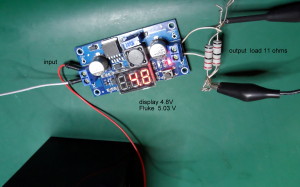
I put my scope across the load and found an interesting [Eastern Rockies] waveform about 0.5 V at 10 KHz.
There is one 220 uF electrolytic across the output. Â The scope suggests that some additional output filtering is in order.
All in all a useful piece of kit for only a very few dollars.
All Band portable antenna
Dec 8th
Portable All Band Antenna
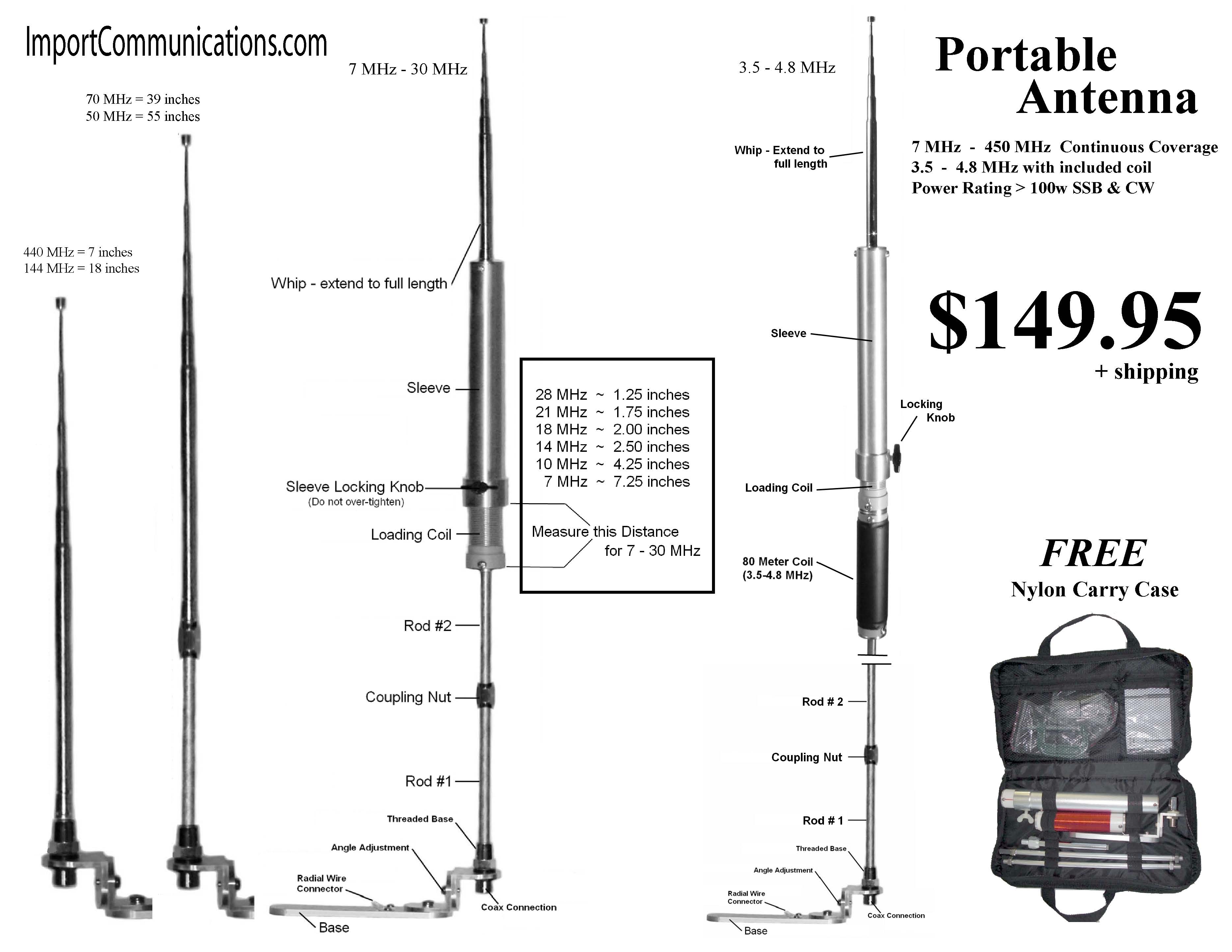 |
manually adjustable for any HF frequency band 7 – 30 MHz
plus VHF & UHF bands 50 MHz / 144 MHz / 440 MHz
RAC Bandplan Dec.1, 2015
Nov 29th
http://wp.rac.ca/wp-content/uploads/files/pdf/RAC%20Bandplan%20December%201%202015.pdf

New CAARC Executive for 2015 – 2016
Nov 24th
The Annual General Meeting was held on Wednesday Nov 18th at the Red Deer Search and Rescue. Congratulations to the members who were elected to the new executive.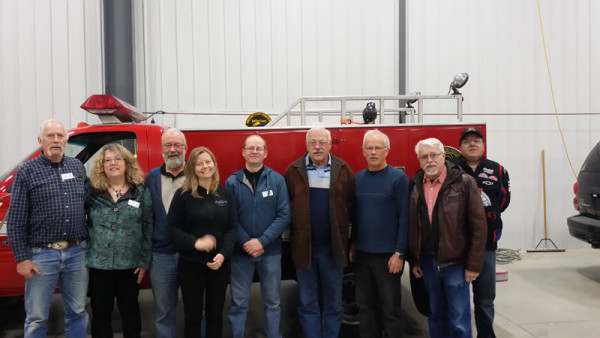
CAARC Executive for 2015 – 2016
Past President   Bob King VE6BLD
President– Stephen Lee VA6SGL
Vice President– Rod Lins VE6XY
Secretary-Â Sandy Jacobs VE6SND
Treasurer– Karen McKinney VA6LDY
Directors
- Brian Davies VE6CKC
- Garry Jacobs VE6CIA
- Greg McKinney VA6GMC
- Jeff Low VA6JL
- Mike Mailiot VE6MIM
 Appointments
Repeaters
Skip MacAulay VE6BGT
Emergency Coordinator
Jeff Low VA6JL
Publicity
Bob King VE6BLD
Webmaster
Bob King VE6BLD
Net Control
Bob King VE6BLD


